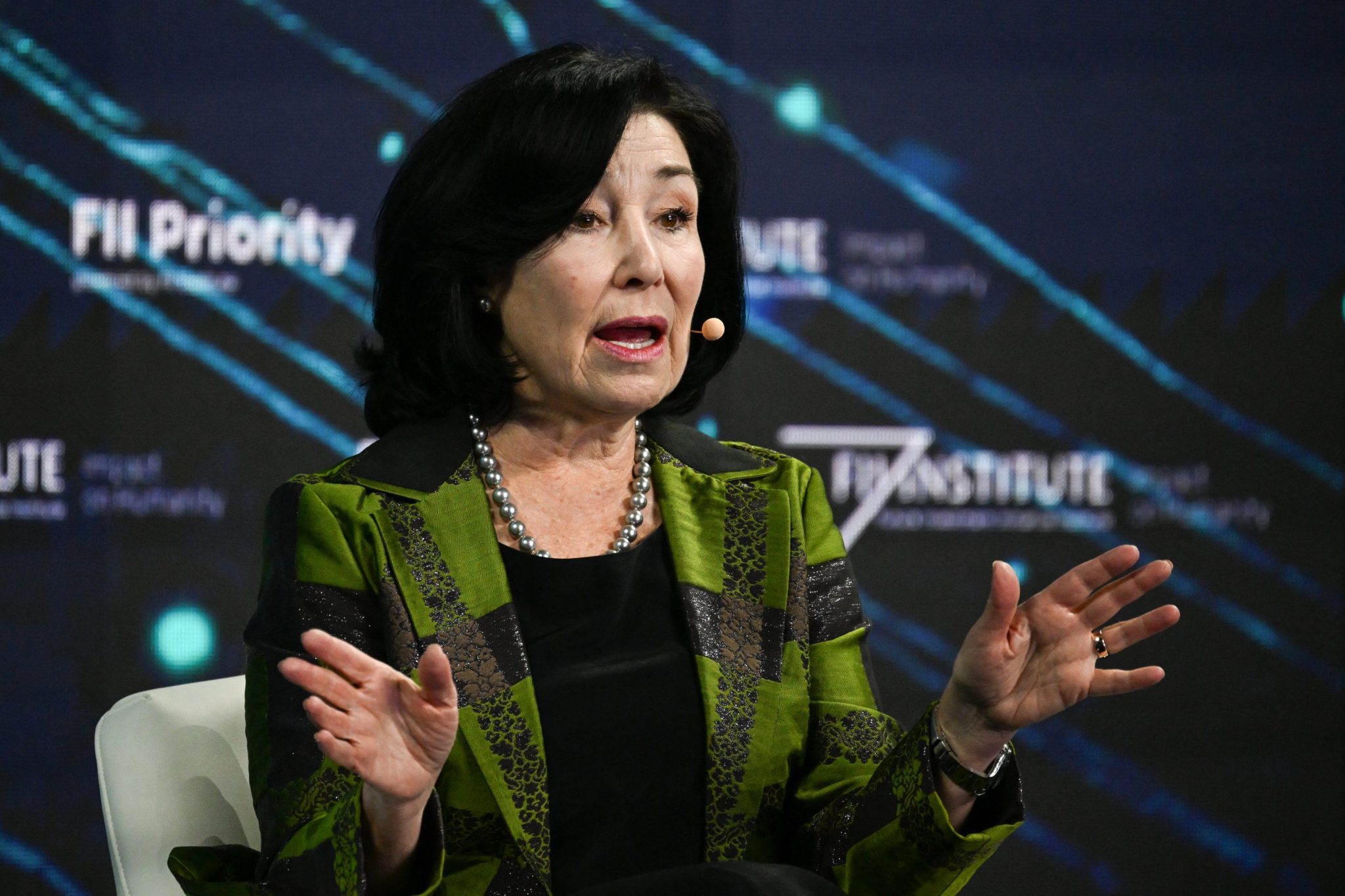
- In today’s CEO Daily: Diane Brady on the problems faced by Oracle’s new co-CEOs.
- The big story: $100 billion Nvidia-OpenAI deal features “circularity.”
- The markets: Up!
- Plus: All the news and watercooler chat from Fortune.
Good morning. Yesterday, Oracle announced a move that is about as divisive as you’ll find in a modern C-suite: The company appointed co-CEOs, with Clay Magouyrk and Mike Sicilia taking over from Safra Catz, who will retain the title of Executive Vice Chair.
So are two CEOs better than one? I remember Jim Balsillie, the former co-CEO of Research in Motion, telling me once that he and co-CEO Mike Lazaridis would trade emails when an issue needed immediate attention. “You play these little games where you try to suggest it to the other guy first,” he said. “I’m really busy, can you handle it?”
Coming from one of the leaders who oversaw the rise and fall of Blackberry, that story could reinforce the trope that the co-CEO structure doesn’t work. But that’s not technically true. As CEO advisor Marc Feigen points out, the average co-CEO lasts as long in the job as their solo counterpart on average and often tends to perform better, generating an average return of 9.5% in one study he did vs. 6.9% for solo CEOs. Indeed, Oracle stock rose 6.3% yesterday after the announcement.
Feigen pointed to three prerequisites for these arrangements to work.
Separate areas of expertise—Magouyrk is an infrastructure leader while Sicilia leads applications. “Those are the two critical elements for next-generation, cloud-supported AI, which means they can go deep and across,” says Feigen. The title almost doesn’t matter: In many Silicon Valley companies, a CTO founder is often the product lead and equal to the CEO.
Shared values—Many a partnership has been felled by differing personalities or circumstances, such as when another CEO is brought in to fix the problems of the first. Like a good marriage, core values matter. “You have to look at hard problems with the same foundational touchstones,” says Feigen. “One can’t be ambitious for himself and the other ambitious for his company.”
Clear method of conflict resolution—There will be differences. How they get resolved matters. As Balsillie said on the Freakonomics podcast, what ended the relationship at RIM was a strategic impasse where the board backed Lazaridis’ push to double down on hardware instead of his push for a future in software. CEOs make bad bets all the time. Co-CEOs need to make bets together.
One factor in Oracle’s favor is that Catz herself was co-CEO with Mark Hurd prior to his death in 2019. Feigen thinks it can work again. “This is the right model for a complex, fast-growing company,” he says. “Two CEOs are not job sharing. They are doubling capacity.”
Contact CEO Daily via Diane Brady at diane.brady@fortune.com







